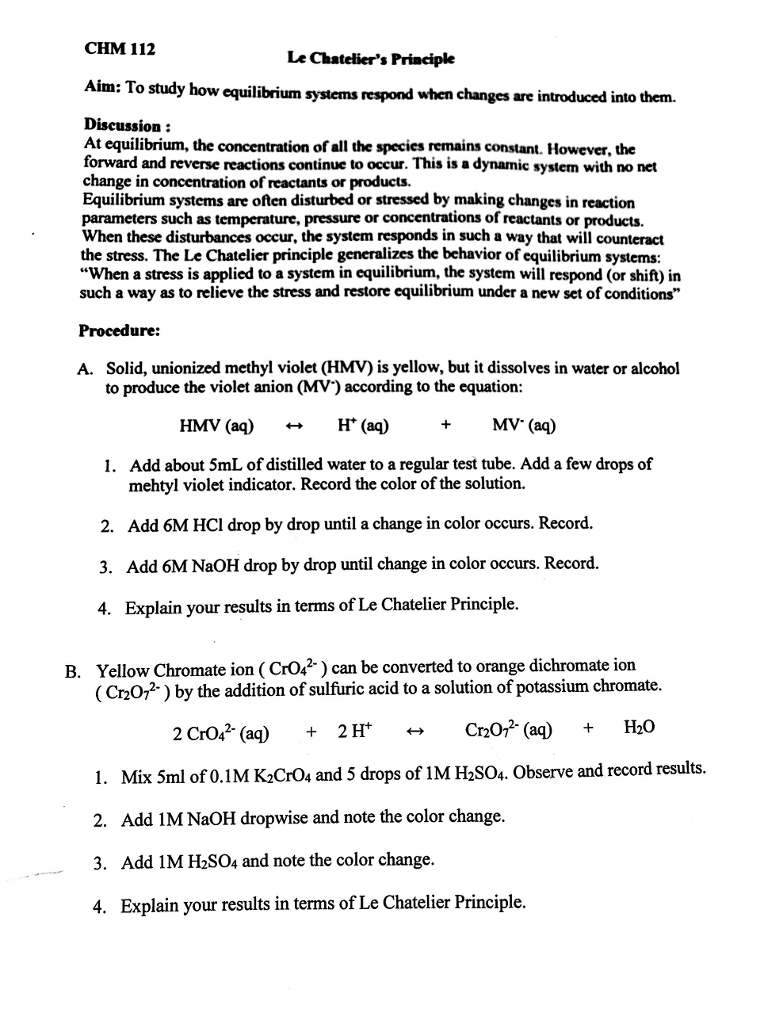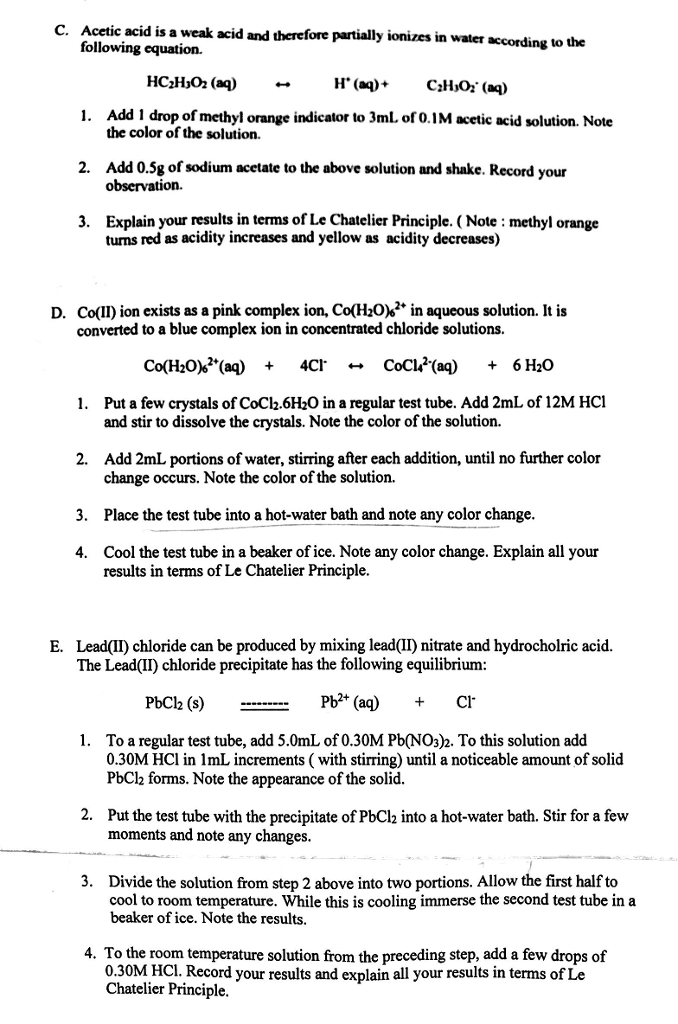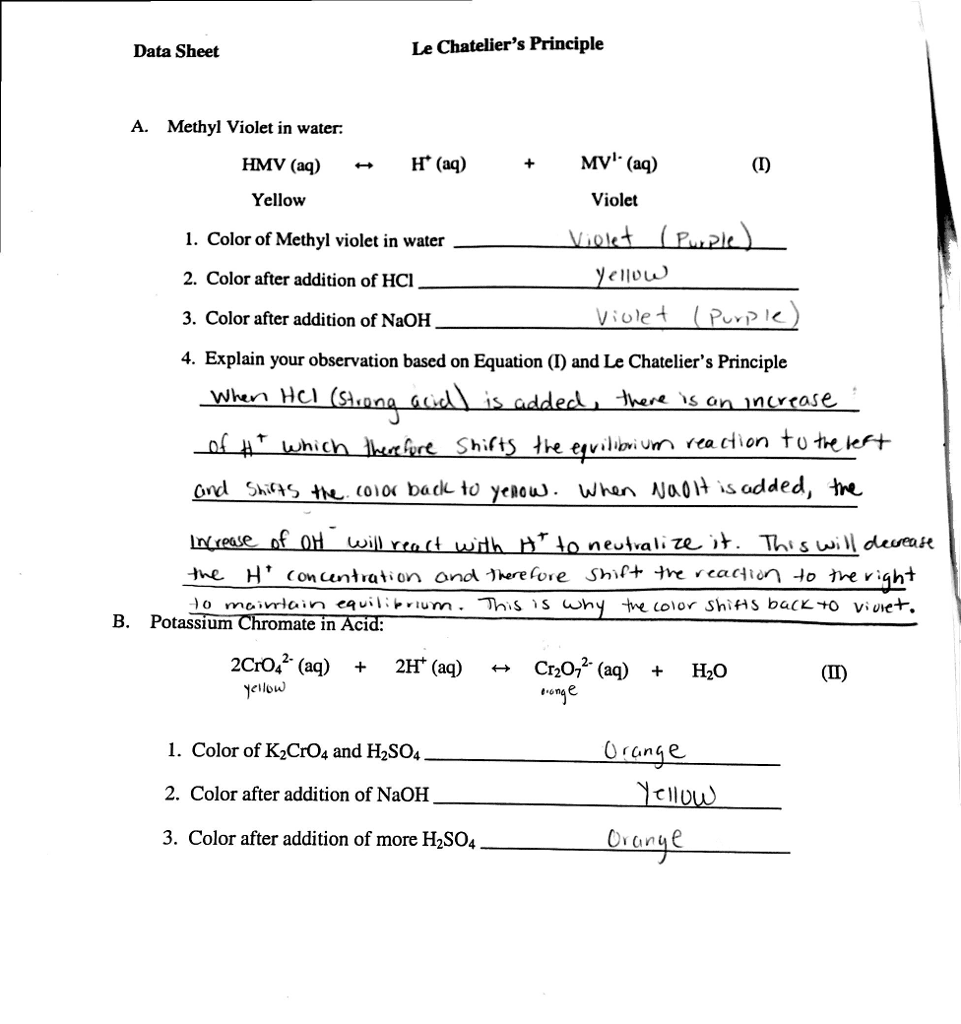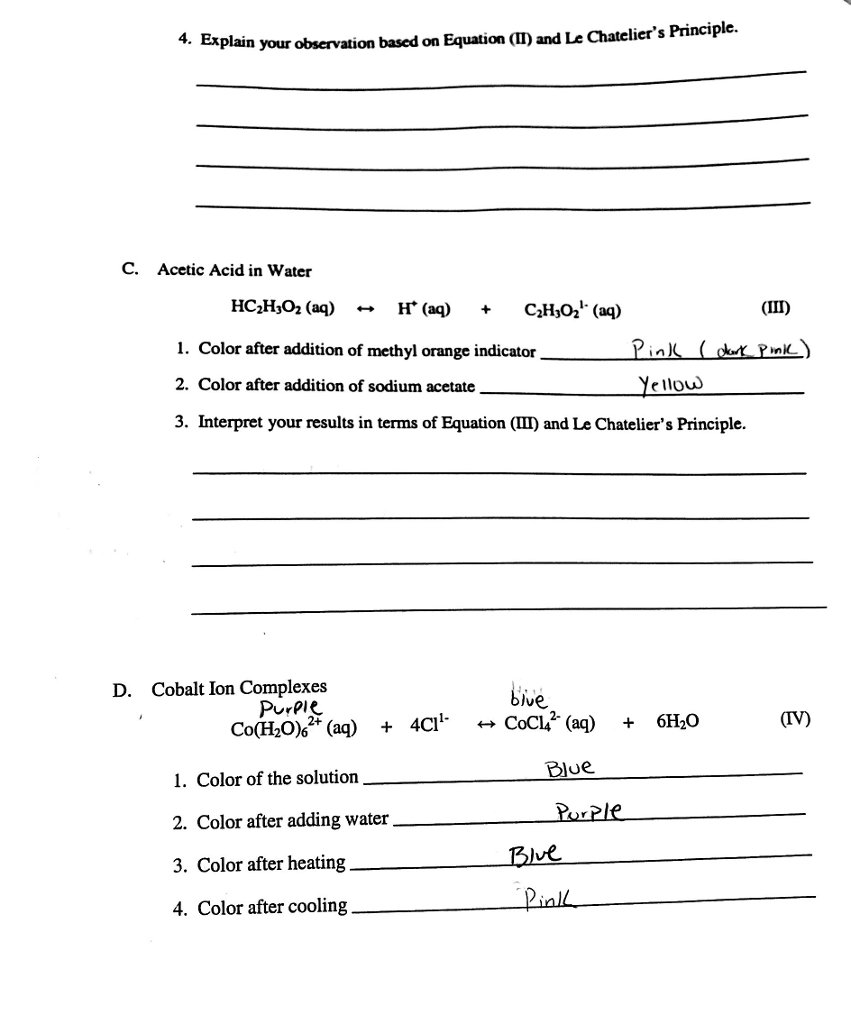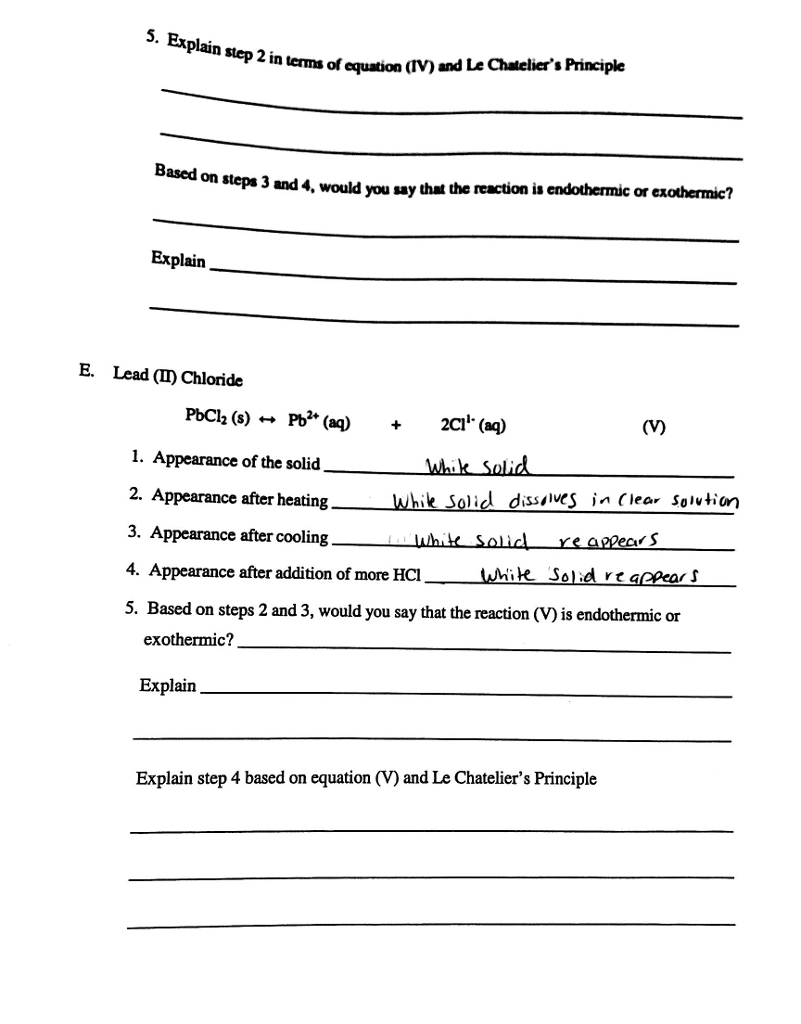CHEM1101 Lecture Notes - Lecture 21: Dynamic Equilibrium, Exothermic Process, Equilibrium Constant

Explain what reactions are spontaneous and under
what conditions
Screen clipping taken: 12/06/2017 5:06 PM
If reaction is spontaneous ΔG < 0.
(system at equilibrium when ΔG = 0)
How to determine S and H
Screen clipping taken: 12/06/2017 5:41 PM
L31
21.1
Monday, 12 June 2017
1:49 AM
21. Equilibrium Page 1
Explain the dynamic nature of equilibrium process
Conc
-
Volume
-
Pressure
-
Temperature
-
Equilibrium can be disturbed by changing
If a change is imposed on a system at equilibrium, the position of the equilibrium will shift in
the directions that minimises the change
-
According to Le Chatelier's Pirnciple
Reaction can proceed in forward and reverse directions at same time
-
Concs of reactants and products equal
○
No net change in overall composition of reaction mixture
○
Dynamic equilibrium - when both forward and reverse reactions still occurring
○
At equilibrium - forward and reverse reaction rates are equal
-
In equilibrium reactions
21.2
Monday, 12 June 2017
5:26 PM
21. Equilibrium Page 2

Use Le Chatelier's Principle to predict the response of a system at
equilibrium to changes in temperature, pressure and
composition/concentration
Action
Response
Concentration
Increase conc of
reactants
-
Decrease conc of
reactants
-
Favours forward
reaction/shifts right to
consume excess
-
System acts to produce
more, compensate for loss,
favours reverse reaction
-
Temperature
(only change that affects K)
Increase temp
-
Endothermic (ie heat
is reactant)
Increase temp
-
Exothermic (ie heat
product)
Favours endothermic
direction (wants to
consume added heat)
-
Endothermic
Favours endothermic
direction/reverse
reaction), to consume
added heat
-
Exothermic
Exothermic direction
favoured as T lowered
•
Endothermic favoured
as T raised
•
Volume/pressure (only affects gases)
Can be changed by
adding/removing gas
-
Adding gas not involved in
reaction (does not effect conc,
no shift)
-
Changing volume of container
-
Increase in
volume/decrease in
pressure
-
Decrease in
volume/increase in
pressure
-
Shifts to side with more
moles of gas
-
Shifts to side with less moles
of gas
-
21.9
Monday, 12 June 2017
5:33 PM
21. Equilibrium Page 3
Document Summary
Explain what reactions are spontaneous and under what conditions. If (cid:396)ea(cid:272)tio(cid:374) is spo(cid:374)ta(cid:374)eous g < 0. (cid:894)syste(cid:373) at e(cid:395)uili(cid:271)(cid:396)iu(cid:373) whe(cid:374) g = 0(cid:895) Screen clipping taken: 12/06/2017 5:41 pm: equilibrium page 1. If a change is imposed on a system at equilibrium, the position of the equilibrium will shift in the directions that minimises the change. Reaction can proceed in forward and reverse directions at same time. At equilibrium - forward and reverse reaction rates are equal. No net change in overall composition of reaction mixture. Dynamic equilibrium - when both forward and reverse reactions still occurring: equilibrium page 2. Use le chatelier"s principle to predict the response of a system at equilibrium to changes in temperature, pressure and composition/concentration. System acts to produce more, compensate for loss, favours reverse reaction. Favours endothermic direction (wants to consume added heat) Favours endothermic direction/reverse reaction), to consume added heat. Shifts to side with more moles of gas.


